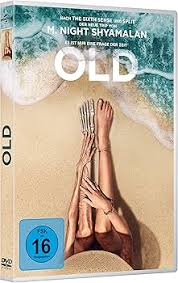The Timeless Appeal of Old Films

Introduction
The world of cinema has undergone significant transformations since its inception, with the introduction of new technologies and storytelling techniques. However, the allure of old films remains strong, resonating with audiences across generations. These films not only reflect the cultural context of their time but also shape the ways in which modern filmmakers approach their work. Understanding the significance of old films is crucial for appreciating the foundations of contemporary cinema.
Historical Context of Old Films
Old films, particularly those produced in the early to mid-20th century, offer a window into the societal norms, values, and challenges of their era. Movies like Casablanca (1942) and Gone with the Wind (1939) provide insight into the issues of war, love, and morality while mirroring the sentiments prevalent during their release.
One cannot overlook the artistic innovations introduced by early filmmakers. Techniques such as lighting, editing, and mise-en-scène were pioneered in old films and continue to influence current cinematic practices. Furthermore, iconic performances by legendary actors like Humphrey Bogart and Audrey Hepburn set a benchmark for acting that many aspire to replicate today.
Enduring Legacy and Modern Influence
Despite the rise of digital technology and modern filmmaking, the influence of old films is palpable in today’s cinema. Many contemporary directors, such as Quentin Tarantino and Martin Scorsese, regularly pay homage to classic films through their storytelling methods and stylistic choices. Tarantino’s Pulp Fiction is often compared to older films due to its non-linear narrative structure, a technique that owes much to its predecessors.
Old films also play a significant role in film education. Film studies courses frequently analyse classic cinema to highlight the evolution of narrative structures and character development. This analysis not only enriches students’ understanding of film history but also helps them appreciate the artistry involved in filmmaking.
Conclusion
As the film industry continues to evolve, the importance of old films cannot be understated. They serve as both a historical record and a source of inspiration for new generations of filmmakers. The legacy of classic cinema is evident in the stories being told today; films from the early years of cinema continue to shape cultural narratives and influence artistic direction. For audiences, revisiting old films can offer a deeper understanding of cinematic craft and an appreciation for the rich tapestry of storytelling that shapes the film industry. With streaming services increasingly adding classic films to their libraries, the opportunity for both new and seasoned viewers to experience the brilliance of old films is greater than ever.








